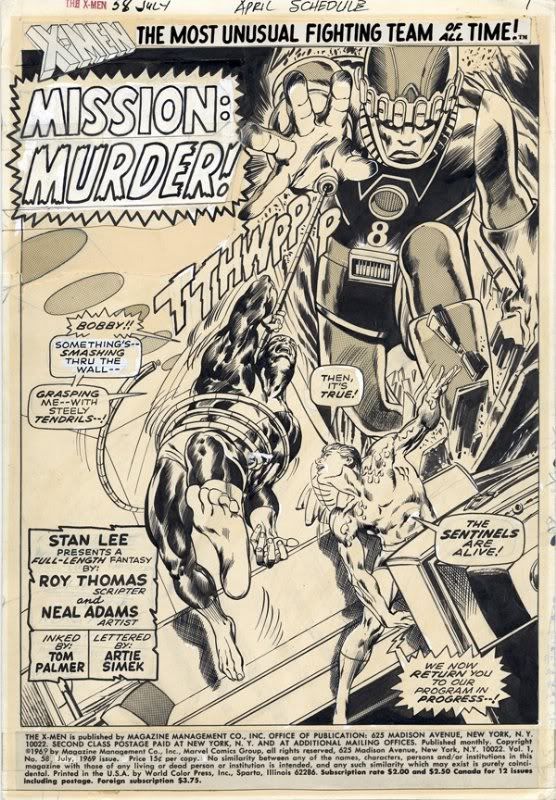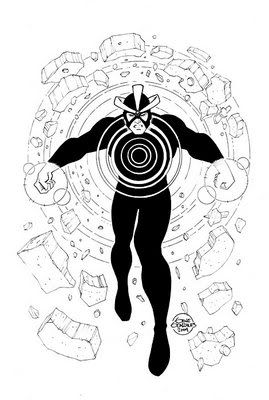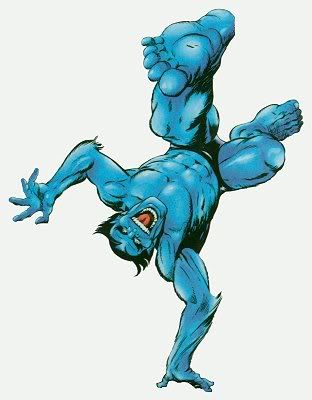-cover_zps9721afd1.jpg)
My understanding of the prefixes involved in this volume is that 'Classic' means 'reprint done for money' and 'Essential' means 'done in black and white to save money'. I usually avoid these black and white collections. These comics are antiquated enough, why make them even plainer? Seriously- comics made in b&w are often stylish and designed to look cool in a film noir fashion, especially with color splashed in al'a Sin City. But these old Marvel comics were inked by people who were preparing them for color, and reprinting them to look like generic comics in the newspaper seems to diminish them. But this large tome was the easiest way to access a key span of time in the early X-Men stories that I had never read, and since my library doesn't charge me any more or less for what books I borrow, I happily got essential. And classic.

I'll admit the format allowed for a better appreciation of Neal Adam's artwork. The cover highlights the underappreciated work the infamous Roy Thomas and Adams put into their failed effort to save the X-Men from being canceled. Much of the penciling does shine through in the essential format. And while the introduction of Havok- a Summers kid who is actually more angst-ridden and whiney than his older bro, Cyclops, did nothing to boost sales and prevent the X-Men from getting shit-canned (temporarily), I've always been a long-time fan of Thomas and I think the work, as broken up as it is, holds up as an epic era for the X-Clan.

The real hidden gem was the origin of the Beast (the further mutated Hank McCoy, that is). How Marvel figured their best bet at keeping the X-Men alive was in a Beast solo title is beyond me, but watching his evolution from ape-like humanoid to black furry superbeing to blue fuzzball up to the point where he had to finish his storyline in The Incredible Hulk is pretty interesting stuff to a Marvel-ite who had only read about it in The Official Handbook previously. Nowadays it's pretty common to revamp comic characters, switching up their costumes, powers, personalities, appearance and even origin. But to have Hank leave the X-Men, go solo, mutate farther than any mutant had at that time, and start title-hopping were all very bold moves in 1972. It also set the Beast on the course of his Marvel career- nearly every writer who has touched him has toyed with his mutations and team-status. McCoy will always be the X-Man who may call himself an advisor, a friend or partner to the team, but in truth always has been and always will be an X-Man.

No comments:
Post a Comment